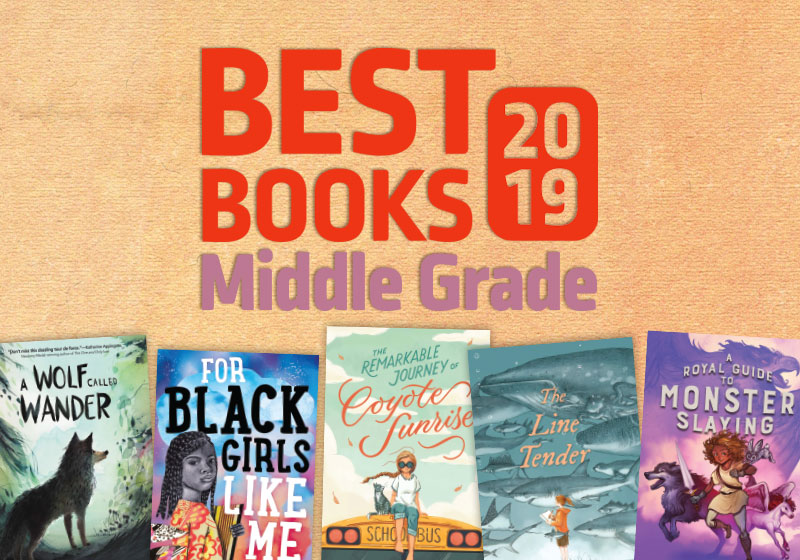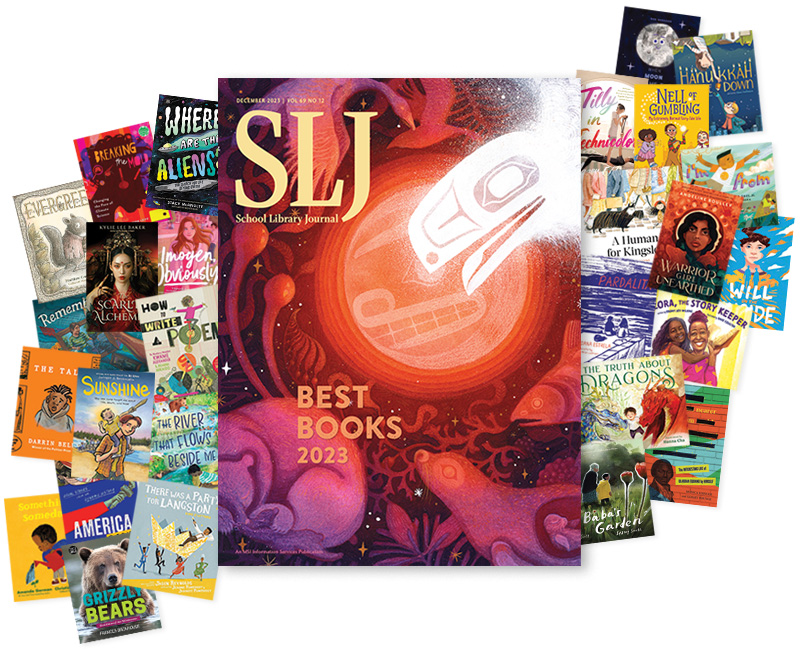Poetrees
All Grades
Preschool and Primary Grades (K-2)
- 3-D Tree Mapping. Florian explores the diversity of the tree as a species, featuring a variety of trees from around the world. With your students, create an oversized map of the world and assign students to each continent with the task of researching the trees that grow in this geographic area and creating a three dimensional model of the tree to place on the map. You will want to agree on a common scale so that students can ultimately compare the relative size of the trees as part of a discussion of the relationship between the trees and their climates.
- Life Cycles and Relationships. Poetrees makes a distinctive contribution to an exploration of the important scientific concepts of cycles and interdependence. Compare the presentation of these concepts in Poetrees with Molly Bang’s Living Sunlight: How Plants Bring the Earth to Life, April Pulley Sayre’s Trout are Made of Trees. Mary Newell DePalma’s A Grand Old Tree, and Wendy Pfeffer’s A Log’s Life (see “Other Books” below for these references).
Intermediate Grades (3-5)
- Tree Mural. Florian’s art and poems are based on careful observation of the unique qualities and characteristics of the trees he writes about. Invite your students to adopt a tree (or multiple trees) near the school building. Provide students time to observe the tree, sketch the tree, and write about the tree in each season. Use a variety of art materials to create a large mural of the trees, depicting their changes with the seasons. Post students’ written responses (poems, word collections, descriptions) around the tree images.
Intermediate and Middle Grades (3-5; 6-8)
- Poetrees as a Mentor Text. Use Florian’s book as a mentor text for a class authored book about another topic or theme you are studying. Take time to study the writing techniques employed by Florian. You and your students might discuss: the varied forms of poetry included in the collection, the word play of spelling changes and double meanings, the organizational choice to feature both specific tree types and general tree parts, and the incorporation of a glossary and author’s note. Allow students time to draft, revise, and receive feedback on poems they compose related to your featured topic or theme. Invite students to notice the mixed media used by Florian, including collage, watercolor, and crayon/cray pas. Publish the poems in a book illustrated in Florian’s style. Consider the expressive use of line in Florian’s images, discussing the relationships between the poems and the visual images.
- Life Cycles and Relationships. Poetrees makes a distinctive contribution to an exploration of the important scientific concepts of cycles and interdependence. Compare the presentation of these concepts in Poetrees with Molly Bang’s Living Sunlight: How Plants Bring the Earth to Life, April Pulley Sayre’s Trout are Made of Trees. Mary Newell DePalma’s A Grand Old Tree, and Wendy Pfeffer’s A Log’s Life (see “Other Books” below for these references).
- Critical Literacy and Social Action. Conduct a tree inventory in your town or neighborhood to get a full range of the tree population. Your local town, city, county, or state forest or park service be a useful resource for getting started. Next, with the help of your local reference librarian or local historical society, find maps of your town or city over the past one hundred and fifty years. What areas of town or neighborhoods within the city still have trees compared to the 19th century? Mid-20th century? Are there any areas that are more forested than they were a century ago because of a decline in farming? What are some ways that your students can take action to further preserve local trees? Are there any particularly old or unique trees that might deserve special status? Are there areas of your town or neighbors in your city that might benefit from additional trees? What you can your students do to make this happen?
The National Arbor Day Foundation’s Nature Explore Program for Children:
The National Arbor Day Foundation’s Education Resources:
The National Wildlife Foundation Great Tree Hunt:
Treetures Environmental Education Program:
- Clear text and Bang’s vibrant pointilistic illustrative style convey the complexity of photosynthesis with age-appropriate clarity.
Chin, J. (2009). Redwoods. New York: Macmillan.
- In a voyage of magical realism and informational fiction, a young boy is transported from a subway train to the Redwood Forest of California.
DePalma. (2005). A Grand Old Tree. New York: Arthur A. Levine.
- The life cycle of a fruit-bearing tree is described in simple text and vivid illustration.
Ehlert, L. (2005). Leaf Man. New York: Harcourt.
- Join Leaf Man, a collage of autumn leaves, as he travels through familiar autumn scenes and vistas.
Gerber, C. (2008). Winter Trees. Illustrated by L. Evans. Watertown, MA: Charlesbridge.
- Verse nonfiction text and linoleum print illustrations serve as a primer for indentifying trees by their bare trunks, branches, and bark.
Gerber, C. (2006). Leaf Jumpers. Illustrated by L. Evans. Watertown, MA: Charlesbridge.
- Verse nonfiction and linoleum print illustrations serve as a primer for identifying trees by leaf shapes and autumn colors.
Gibbons, G. (2002). Tell Me Tree: All About Trees for Kids. New York: Little Brown.
- This is a handy tree identification book for primary grades.
- Textured paper collage illustrations and descriptive text are used to describe how a tree felled in a thunderstorm continues its life as a habit for many creatures.
Sayre, A. P. (2008). Trout are Made of Trees. Illustrated by K. Endle. Watertown, MA: Charlesbridge.
- Sayre’s rhythm, rhyme, and onomatopoeia, combined with Endle’s mixed-media collage illustrations, make for a wonderful read aloud. The text, illustrations, and back matter all provide a clear snapshot of the cycle of life.
- A photoessay series that takes children on discovery journeys through diverse landscapes, challenging them with close-up photos that reveal new and delightful species on subsequent pages.
Winter, J. (2008). Wangari’s Trees of Peace. New York: Harcourt.
- This picture book biography tells the story of Wangari Maathai and the Green Belt Movement in Africa, which has planted over 30 million trees.
Filed under: Nonfiction Picture Books, Picture Books, Poetry
About Grace Enriquez
Grace is an associate professor of language and literacy at Lesley University. A former English Language Arts teacher, reading specialist, and literacy consultant, she teaches and writes about children’s literature, critical literacies, and literacies and embodiment. Grace is co-author of The Reading Turn-Around and co-editor of Literacies, Learning, and the Body.
ADVERTISEMENT
ADVERTISEMENT
SLJ Blog Network
One Star Review, Guess Who? (#202)
This Q&A is Going Exactly As Planned: A Talk with Tao Nyeu About Her Latest Book
More Geronimo Stilton Graphic Novels Coming from Papercutz | News
Parsing Religion in Public Schools
Take Five: LGBTQIA+ Middle Grade Novels
ADVERTISEMENT








This post is jam-packed with excellent ideas. I especially like the social action teaching invitation.
Thanks, Stacey! We're glad you're finding it helpful!